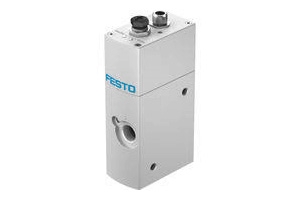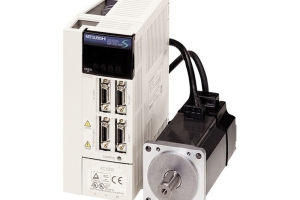Tech Tip: Advantages of Using Straight / Parallel Threaded Fittings
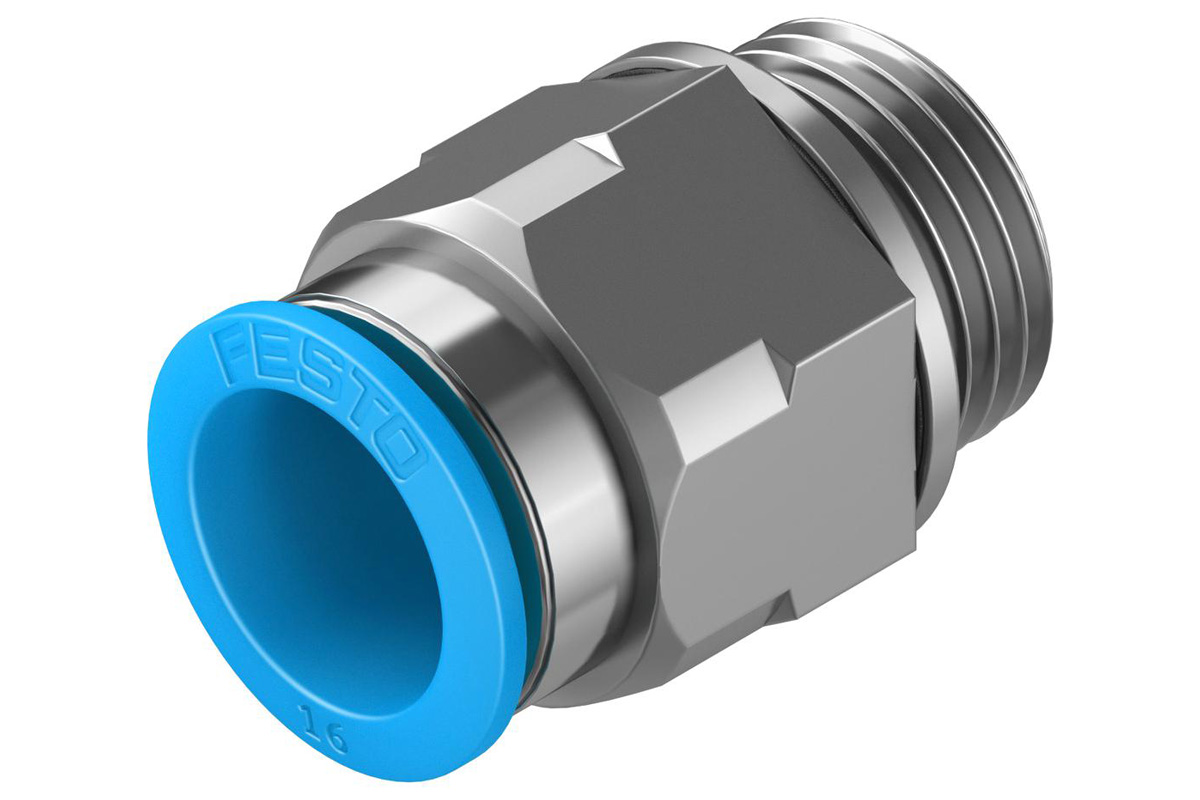
Throughout the world, pneumatic connections come in various sizes, shapes, and thread types. In the USA, the common types are;
- NPT (National Pipe Thread) < example >
- BSPP (British Standard Pipe Straight/Parallel or ISO G-Thread) < example >
- BSPT (British Standard Pipe Tapered or ISO R-Thread) < example >
- Metric Machine Thread (For small ports) < example >
- Inch Machine Thread (For small ports) < example >
For the sake of this article, the discussion will be focused on the pneumatic systems onboard the machine. Over the past decades, U.S. machine builders have migrated from NPT to international style components and plumbing which help machine builders standardize to the international style and compete in the worldwide market.
Choosing the appropriate international thread type and fitting is crucial. Two common types of threads used in pneumatic systems are the Straight/Parallel (ISO G-Thread) and Tapered (ISO R-Thread). Festo’s international products have ISO G-Thread female ports, and the tube fittings (male element) are either ISO G-Thread or ISO R-Thread.
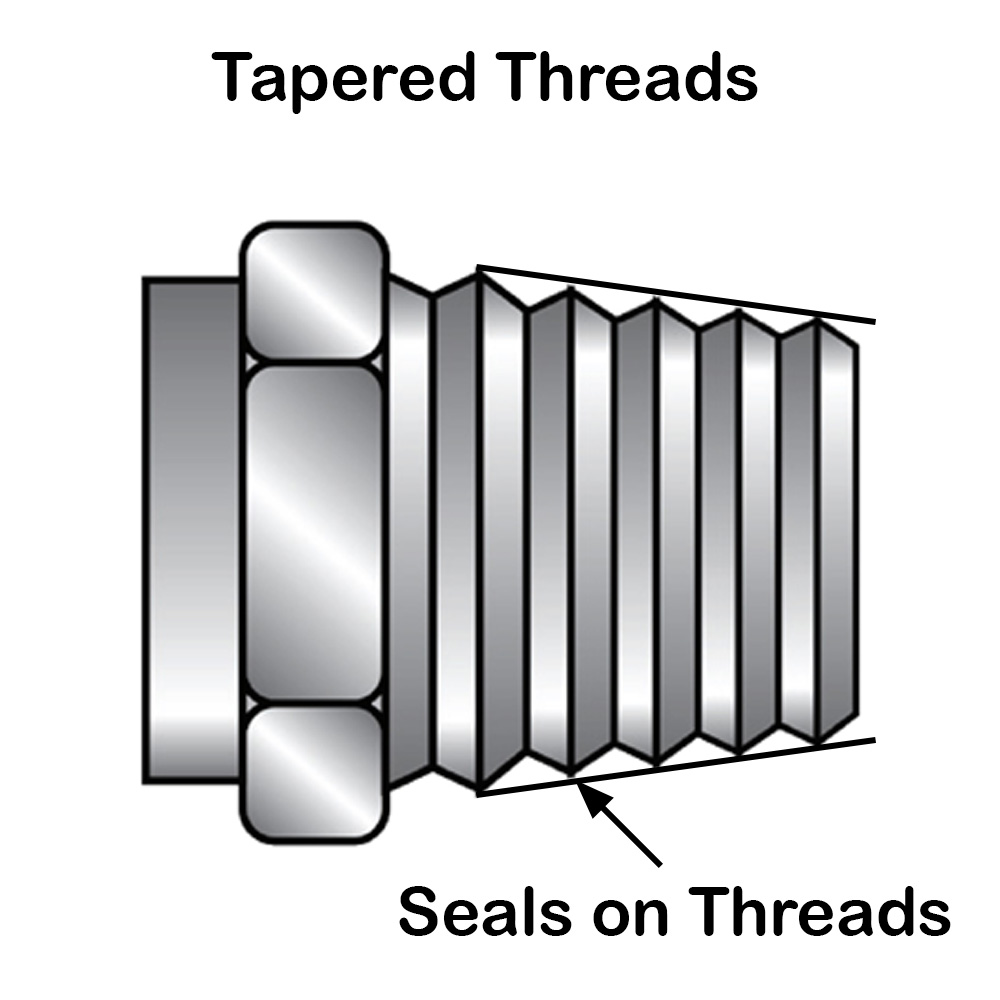

R-Threads form a pressure-tight seal through a process called wedging, where the threads are tightened and compressed under pressure. This thread type consists of taper external and parallel internal designs.
The tapered male R-Threads can mate-up with either female G-Threads or female R-Threads. Festo metric components like cylinders and valves typically have female G-Threads (Metric Machine Threads or G-Threads).
G-Threads are made pressure-tight by compressing a seal between two tightening surfaces located outside the thread area forming a shoulder seal. The thread is for holding power only. This thread type consists of parallel internal and parallel external designs.
One of the simplest and most common factors directly related to compressed air pressure loss and leakage is pneumatic connections.
"At Allied Automation, we have over 45 years experience in the global pneumatics market and we highly recommend companies standardize on the ISO G-Threads", says Landon Wittmer, Allied Automation's Festo Product Specialist.
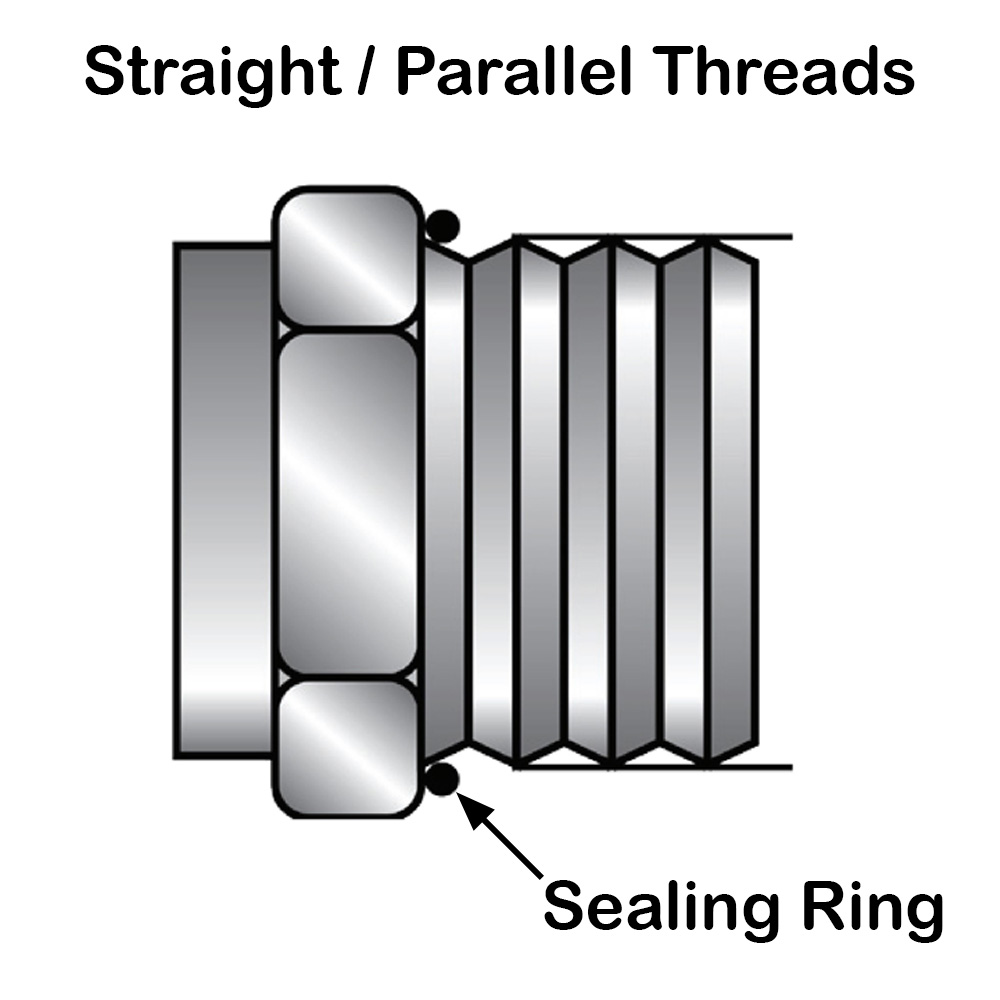

| Straight/Parallel (ISO G-Thread) | Tapered (ISO R-Thread) | |
|---|---|---|
| Tightening Torque | Defined Tightening Torque | Rule of Thumb Leads to Over-Tightening |
| Turns After Hand Tightening | about 1/2 turn | about 2-3 turns |
| Sealing Mechanism | Sealing Ring Increases Efficiency and Reliablity | Thread Tape / Liquid Sealant, Deformation of Threads |
| Repeatability & Consistancy | Installation Height is Repeatable | Installation Height Varies |
| Used Multiple Times | Install / Uninstall Many Times | Install / Uninstall 2-4 Times |
Summary:
To summarize, the design of the ISO G-thread provides many features that make it ideal for pneumatic connections. Defined tightening torque, sealing O-rings and repeatability on installation are a few of the features that provide clear performance advantages. These advantages translate into benefits in the areas of energy savings and cost reductions.










